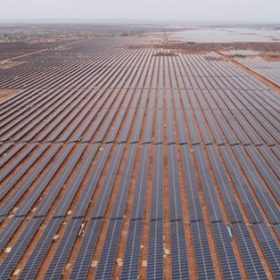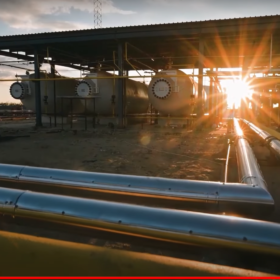Used EV batteries for large-scale solar energy storage
MIT scientists have suggested used electric vehicle batteries could offer a more viable business case than purpose-built systems for the storage of grid scale solar power in California. Such ‘second life’ EV batteries, may cost only 60% of their original purchase price to deploy and can be effectively aggregated for industrial scale storage even if they have declined to 80% of their original capacity.
Rs 900-billion package not a solution to Discoms’ woes, but offers respite
For long-term stability, Discoms need to address operational issues like low billing and collection efficiency and high aggregate technical and commercial losses.
Germany to help India evaluate optimal power balancing with renewables
German development agency GIZ has hired DNV GL to study control reserve requirements of India’s southern states. The study—part of the Indo-German Energy Programme—will help ensure efficient and cost-effective integration of large-scale renewable energy supplies in the region.
Innovation promises cheaper solar cell glass manufacturing
Indian scientists have developed a hybrid production method combining metal mesh and a metal-oxide layer over a glass substrate which they say brings down production cost by 80% compared to the tin-doped, indium oxide-based technology currently in use.
Three signs that battery energy storage is mainstream today
With the inclusion of battery energy storage into new building codes and safety standards, it’s obvious just how mainstream storage is today.
NTPC, ONGC sign MoU to set up renewable energy JV
As per the MoU, the state-owned power producer along with the oil and gas producer shall explore setting up of renewable energy projects in India and overseas, and sustainability, storage, e-mobility and ESG (Environmental, Social and Governance) compliant projects.
The long read: Carriers key for quality cell surfaces
The path to lower solar LCOE can be painful; just ask a PV manufacturer. However, ever-larger crystalline wafers may cause more pain than they are worth, argues Gerry Knoch, the managing director of wet bench provider exateq. For high efficiency, eliminating cross contamination in wet processes is vital and can be achieved – with carriers playing an important role.
China’s JinkoSolar the biggest module supplier to India in first quarter
All the JinkoSolar PV modules shipped to India during January to March period of 2020 are based on mono PERC technology, comprising full-cell and half-cell modules.
Solar tariffs below Rs 2.55/kWh financially unviable now, says Ieefa
To earn reasonable returns on solar projects, developers must factor in the various risks and correctly estimate the cost of every component before bidding.
India’s new solar capacity addition to fall by 23% in 2020
Capacity additions will, however, rebound in 2021 to exceed 2019 levels as the majority of delayed solar projects come online.













